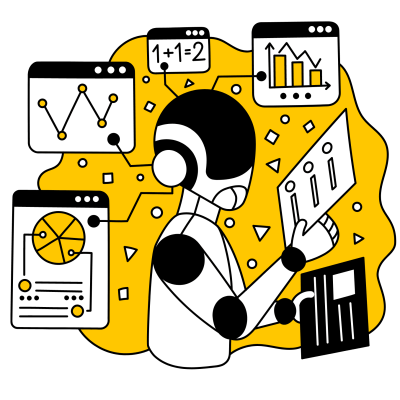What is AI?
Artificial Intelligence, or AI, refers to the ability of machines to perform tasks that typically require human intelligence.
This includes tasks such as learning, problem-solving, and decision-making. AI algorithms are designed to analyze large amounts of data, detect patterns, and make predictions based on that data.
The goal of AI is to create machines that can perform tasks more efficiently and accurately than humans.
There are two main categories of AI:
1. Narrow or weak AI and
2. General or strong AI.
Narrow AI is designed to perform a specific task, such as recognizing speech or playing chess. General AI, on the other hand, is designed to perform any intellectual task that a human can do.
General AI is still largely theoretical and is the subject of ongoing research.
AI has come a long way since its inception, and it has the potential to transform virtually every aspect of our lives.
Visit here: AI Tools for Marketing | Ai sales tools

